How To Become A Data Analytics Manager
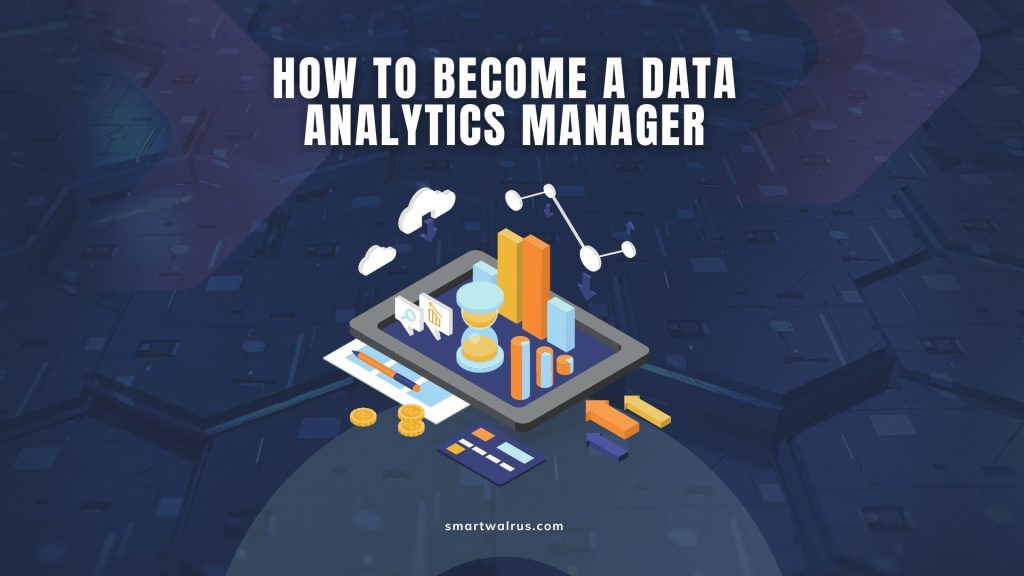
Data analytics professionals are high in demand. After all, the business environment today is driven by data, from social media to online shopping. Anyone who can interpret data to help decision-makers understand trends and make better decisions will have a place in the modern workplace.
If you want to work for an established corporation or a startup company, there are roles for everyone regardless of your experience level or specialties. With that being said, finding an ideal role that aligns with your interests and career goals can be challenging. So what is the path that will lead you toward this rewarding career? Learn more below.
Table: Data Analytics Manager Roles and Responsibilities
The responsibilities and role details of a Data Analytics Manager can vary based on the organization’s size, industry, and the complexity of data analysis projects they oversee. But these are the most common roles for data analytics managers.
| Aspect | Data Analytics Manager |
|---|---|
| Role Overview | Leads a team of data analysts, overseeing data analysis projects and operations. |
| Responsibilities | Strategic planning, project management, team leadership, data analysis oversight. |
| Data Analysis | May perform data analysis but primarily oversees the analysis conducted by the team. |
| Team Management | Manages and leads a team of data analysts, assigns tasks, monitors progress. |
| Project Leadership | Leads data analysis projects, sets project goals, timelines, and ensures successful execution. |
| Decision Support | Provides data-driven insights and recommendations to support strategic decisions. |
| Collaboration | Collaborates with stakeholders to understand business needs and align data efforts. |
| Data Quality | Ensures data accuracy, quality, and consistency across analysis projects. |
| Tool and Tech Selection | Selects appropriate tools and technologies for data analysis and reporting. |
| Resource Allocation | Allocates resources effectively to achieve project goals and meet deadlines. |
| Mentoring and Coaching | Guides and mentors team members to improve skills and enhance data analysis capabilities. |
| Data Strategy | Contributes to the development of the organization’s data strategy and roadmap. |
| Reporting and Dashboards | Oversees the creation of reports, dashboards, and data visualizations for stakeholders. |
| Performance Evaluation | Evaluates the performance of team members, identifies areas for improvement. |
| Continuous Improvement | Drives continuous improvement in data analysis processes and methodologies. |
| Business Impact | Influences business decisions through data insights, driving growth and efficiency. |
| Communication | Communicates complex data concepts to non-technical stakeholders effectively. |
| Risk Management | Identifies and mitigates risks associated with data analysis projects. |
| Career Progression | May progress to higher-level roles such as Director of Data Analytics or Chief Data Officer. |
Have a Good Understanding of Data
The first thing you will need to do is to have a good understanding of data. What does this mean? A great data analyst knows how to make sense of raw data and transform it into insights that support decision-making. Because the better you understand data, the better you will be at analyzing it.

As an entry-level data analyst, you may simply be responsible for importing data and cleaning it up to make it more accessible. However, you may also be involved in transforming data into information such as creating bar graphs and charts or transferring data between platforms. For overachievers, data analysis should go beyond just crunching the numbers.
Data analysts should also know the difference between structured and unstructured data and be able to use this knowledge to analyze the data. As a data analytics manager, you should use data modeling, which is a critical skill that can help you standardize data. Because without clean data, you won’t be able to create dashboards and build any necessary tools.
Finally, you should be able to identify the problem being solved and understand the context in which it’s being used. While you can learn all of this on the job, it’s important that you also have a basic understanding of data types and how to convert between them. If you can master these two areas, you can then apply your knowledge to any data analysis project or contribute to a team that does.
Have Exposure to the Latest Technologies
Analytics professionals are constantly on the lookout for new technologies that can enhance their work. Therefore, you should always have exposure to the latest technologies in the business and data analytics field. The best way to do this is to get exposed to the different types of data analysis technologies.
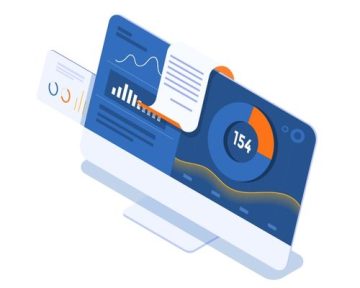
Many data roles today require a great deal of knowledge about software and hardware tools. In particular, data analytics managers often use tools such as databases, scripting languages, and statistical analysis tools.
You should look into what skills are in demand and which are best suited for your career path. With this information, you can tailor your course selection to best prepare you for the workforce. Many positions require a bachelor’s degree in computer science, information systems, business administration, or a related field as well as experience in a similar field. However, not every degree will give you the skills needed to succeed as a data analyst.
Be Able To Communicate Results Clearly and Account For Objectivity
When you are seeking a job as a data analyst, you will find that most companies look for candidates who are able to communicate results clearly and account for objectivity. You should be able to clearly explain what your findings are, why they are important, and how they can be used.
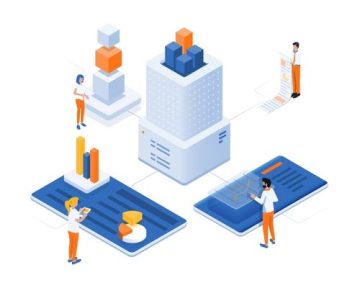
You should also try to learn how to write reports for people who don’t have the expertise to understand the data. In a business environment, decision-makers want to know if their strategies are working. This is why it’s important for data analytics managers to document their results and explain why certain data points were selected. If you can clearly explain how you arrived at decisions and explain the reasoning behind your conclusions, you can put yourself ahead of the competition.
While documenting results, it’s also important to maintain objectivity. The key to this is to maintain a professional tone and avoid bias in your analysis. If you start to arrive at conclusions based on your own opinions or assumptions, then you’ve lost objectivity. When documenting your results, you want to maintain a neutral tone and avoid drawing conclusions that could be biased by your own assumptions.
Establish Relationships with Data Analysts and Relevant Stakeholders
The best way to establish relationships is to take the initiative and build connections with fellow data analysts. You can do this by getting involved in community events, conferences, and networking events.
While it is good to meet other professionals in formal settings like conferences, you can also take the initiative to engage with them online. This can be done through social media or using more professional platforms like LinkedIn.
Much of being a data analyst involves working with stakeholders. Depending on the role, you may liaise with marketing executives or business leaders. In order to establish these relationships, you need to be confident in your communication skills. When meeting with stakeholders, it’s important to be well-prepared with your findings and to show that you’re confident in your ability to deliver.
Finally, consider joining professional organizations such as the Digital Analytics Association. These organizations provide a great way to learn about trends, exchange ideas on best practices, and meet other data professionals. Joining an organization like this will allow you to access valuable information, participate in networking opportunities, and stay informed on current trends.
Stay Up to Date On Trends in Data Analytics Field
The best way to stay up to date on trends in the data analytics field is to revolve your life around data analytics. Build up your Twitter feed related to data science so it will help you understand which technologies are most popular. This will also help you understand the challenges that other data analysts face.
The trends in the data analytics field change constantly. Therefore, it is important for you to try to stay up to date with the latest techniques and technologies. This will help you gain a competitive advantage over your colleagues in your workplace.
Remember that much of data analysis involves finding patterns and trends in data. To stay up to date on trends, consider reading industry publications or following industry social media accounts. As mentioned already, you should also consider attending data analytics conferences to meet with other data professionals.
Understand the fundamentals of statistics
Statistics is a critical skill that will help you on your journey toward becoming a data analyst. Statistics will enable you to analyze data and find patterns in data. Moreover, you can use statistics to decide whether an experiment is significant or not.
For instance, this includes managing data, understanding variables, and understanding the relationship between two variables. You’ll also want to look at how data is collected and how it’s processed.
Understanding the fundamentals of statistics will allow you to better manage the data you receive, who’s data you select, and the analysis you conduct. In the end, this will help you in predicting outcomes and communicating results.
Bottom line
To succeed in the data analytics field, you need to have a basic understanding of data types, understand trends with statistics, and be able to communicate results. These are the areas you should focus on as you seek to become a data analyst.
In addition, you should have exposure to the latest technologies and establish key relationships with relevant stakeholders. If you follow the tips in this article, you will be on your way to becoming a data analyst manager.

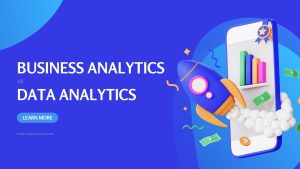
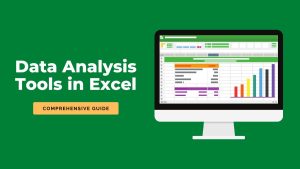
Related Data Analysis
7 Data Analysis Tools in Excel
5 Steps To Developing A Health Informatics Career
7 Reasons Why You Should Become a Data Scientist
The Ultimate Guide to Data Science Internships
25 Essential Data Science Tools
How Data Science Can Help Nonprofit Organizations
A Primer on Data Science in Government: From Projects to Problems
What Is a Data Science Unicorn?